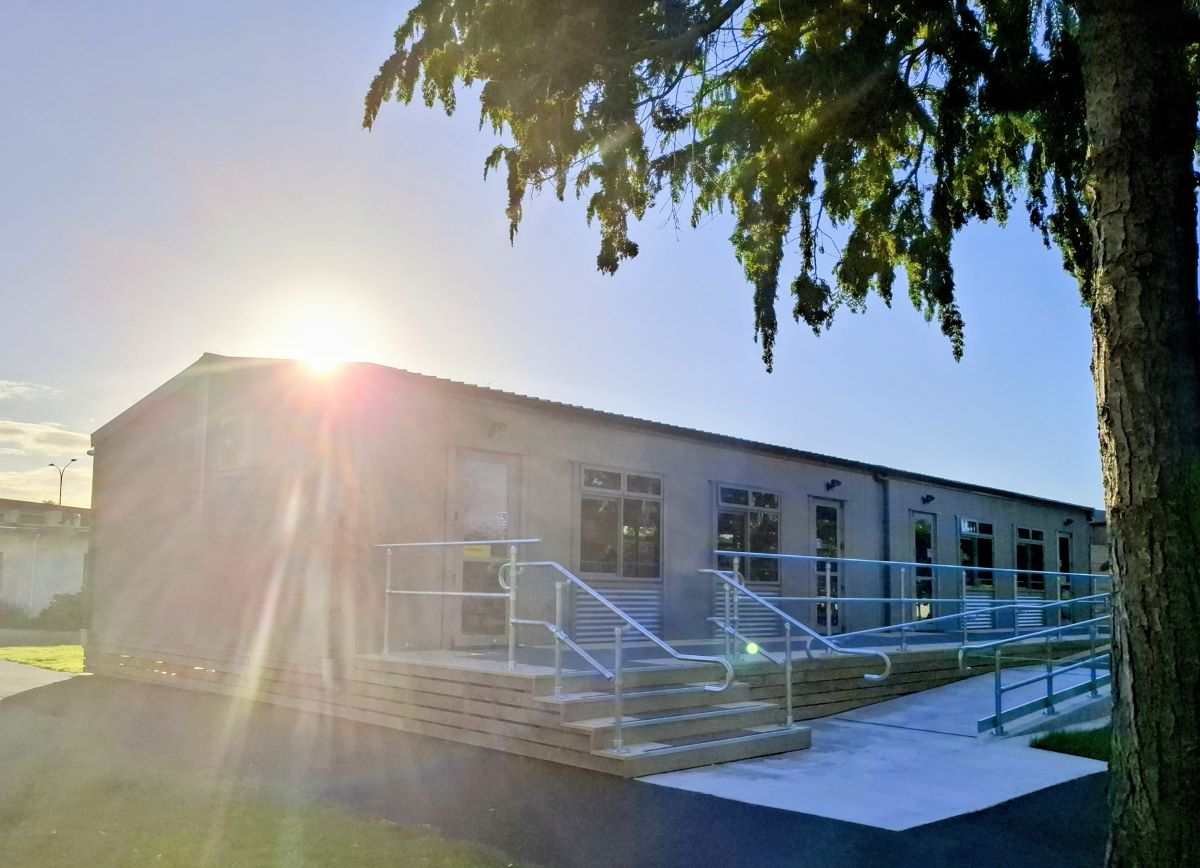AHUREA SUCCESS Ka rawe/congratulations to Ngā Puna o Waiōrea (NPoW) who placed second at Te…
School zoning is in the news again – for multiple reasons. Springs is in the fortunate position of not having to rely on out of zone enrolments to prop up its roll, which incidentally, currently stands at 1458. We have only accepted in-zone enrolments since 2009, because we believe strongly in being a community school of choice. Thanks to the foresight of our board of trustees this has enabled us to get our property funding sorted. The Ministry, rightly I believe, does not fund buildings for students taken out of a school zone. The ‘heart in the mouth’ moment for us at present is around our roll being predicted to grow to 1700 fairly rapidly; an expansion capacity to cater for a roll of 2,500; and the MOE contemplating a start on stage 2 soon – while the contractors are still on site. I am on record as saying that I can cope with Springs growing to 1700, but a ‘small town’ of 2,500 might change the nature of this place immeasurably. Is this just speculative? Maybe – but the prospect of 4,000 houses being built on the Unitec site, even though on present boundaries they will be out of our zone, gives both myself and our board cause for concern.
Also in the news at present is the Tomorrows’ Schools’ review being conducted by Bali Haque. Bali is an ex principal of Rosehill College in Papakura and Tereora College in the Cook Islands, as well as having been a senior executive in NZQA. I was present at a couple of presentations that Bali has given on this piece of work and some of the information that he shared is certainly challenging. For example – 30% of New Zealand schools have some sort of statutory management intervention in place. Many, many schools struggle to get applicants for their Boards of Trustees, let alone quality applicants. I have, I don’t know how many times, said how lucky we are at Springs with the quality and commitment of the people on our Board, who put in hours of work on the school’s behalf to help make it the exceptional place that it is. The real nub of this review, is to try to take away the competitive aspect of Tomorrows’ Schools’, to get schools to work together, cooperatively to build a better education system for all. We see this happening already with our kahui ako/Communities of Learning and I certainly hope that this spirit of cooperation can be a model to explore further.
Another review, and one perhaps of most interest to parents is the NCEA Review, and the 6 Big Opportunities being presented for consideration. In quick summary they are;
- Creating Space at NCEA Level 1 for powerful learning
- Strengthening Literacy and Numeracy
- Ensuring NCEA Levels 2 and 3 support good connections beyond schooling
- Making it easier for teachers and schools to refocus on learning
- Ensuring Record of Achievement tells us about learners’ capabilities
- Dismantling barriers to NCEA
I would like to focus on Big Opportunity 1 in this Newsletter piece, it being the one generating most discussion in the staffroom and the one most likely to cause polarization in the community. Given the profile of the community attending Western Springs, and the success rate of our students, I often wonder why we bother with Level 1. How many Western Springs College kids leave school at end of year 11? None! As soon as you begin Level 2 NCEA, Level 1 is forgotten about and becomes redundant. Why bother with it at all? Why not take 2 years to get a quality Level 2 result for all Year 12’s – like the pioneers at Hobsonville Point? Why stress our students, and parents (and teachers) out by assessing at all three levels. No other education system in the world has high stakes assessment at all three senior levels.
Questions like this, are really the driver behind Big Opportunity 1 which proposes that NCEA Level 1 become a 40 credit qualification (down from 80 credits at present), with 20 credits focused on literacy and numeracy, and 20 credits from a project. What do you think?
Ivan Davis
Principal



